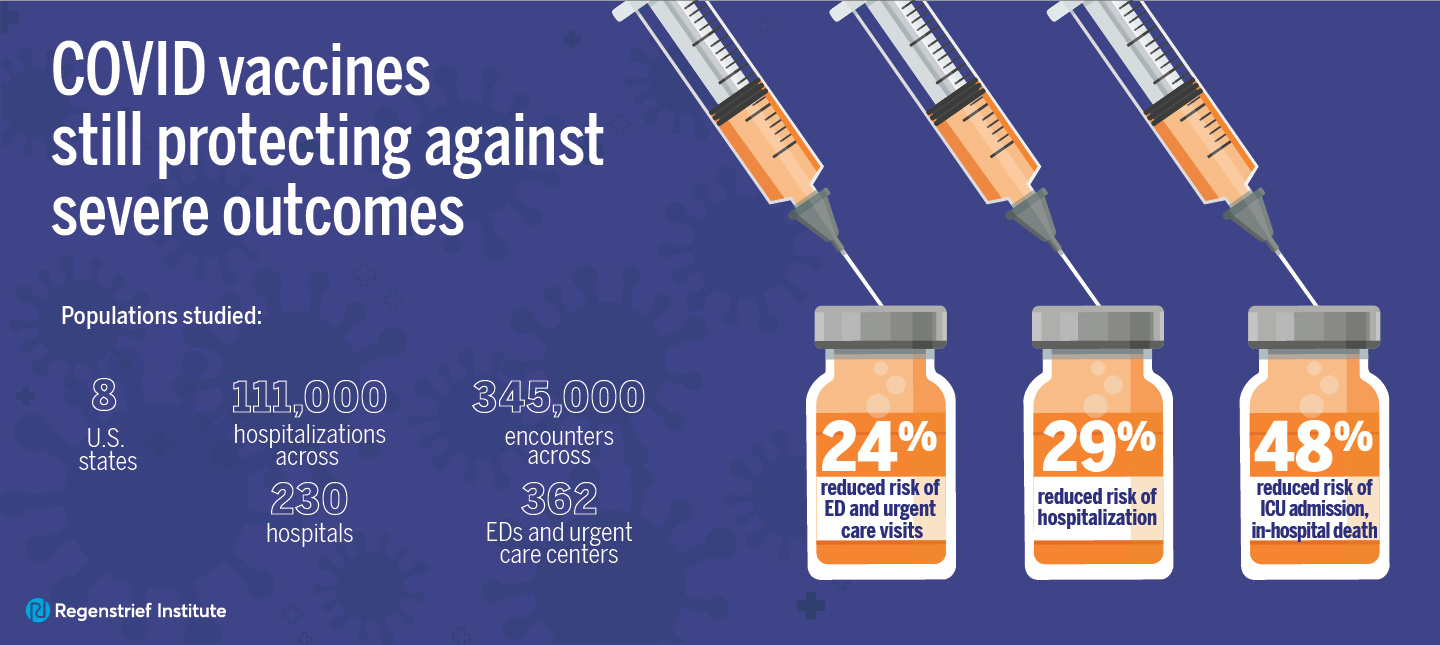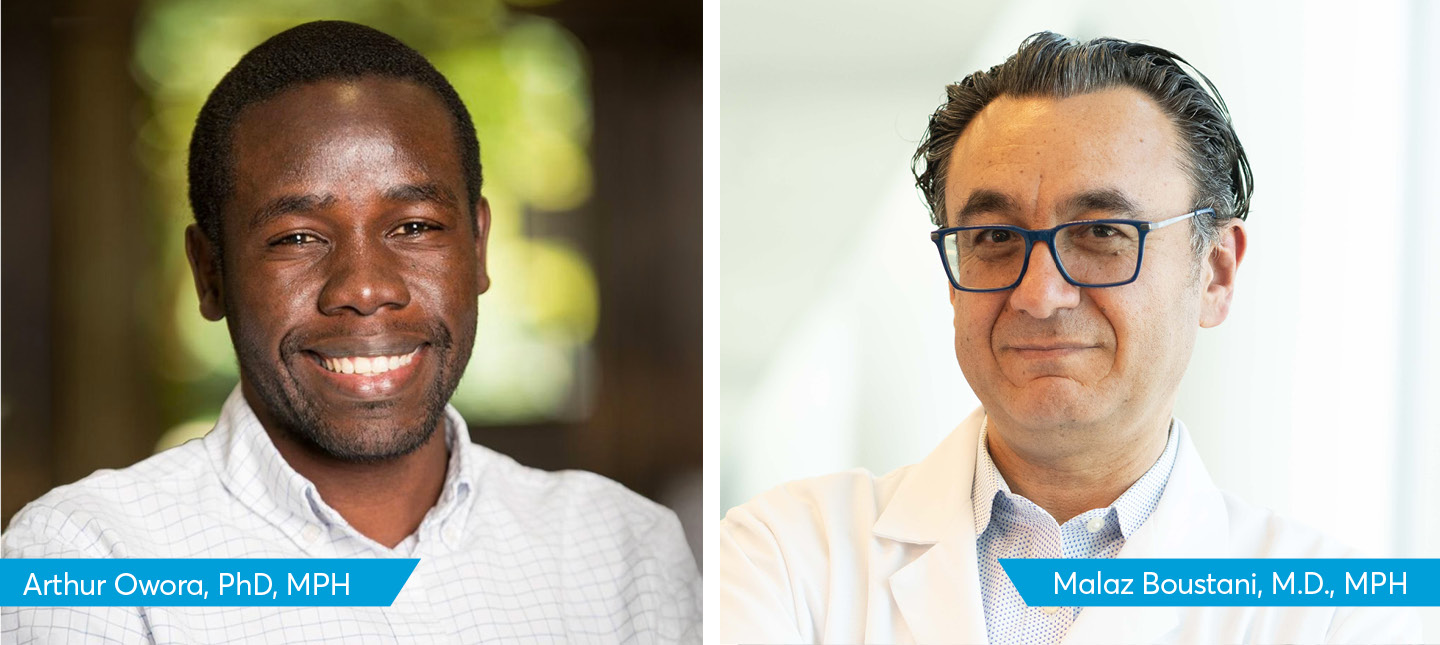Building and maintaining infrastructure will require long-term investment by insurers and other payers
INDIANAPOLIS — Neighborhoods of high need are where investment in social care offers the best opportunities to improve health. Screening for social determinants of health is comparatively easy, but building the infrastructure to meet needs occurring outside the formal healthcare system is quite difficult. Few health systems have achieved more than even partial integration of social care into routine patient care.
In a case study of pioneering social care provided by Eskenazi Health, a safety net health system located in Indianapolis, researchers from Eskenazi Health, Regenstrief Institute and Indiana University School of Medicine highlight the human capital, operational redesign and financial investment needed by a safety net healthcare system to implement the National Academies of Science, Engineering and Medicine’s’ recommendations on integrating social care into medical care.
This insight is relevant to safety net health systems across the U.S. contemplating a greater role in social care for individuals living with high need as well as for their families and neighbors, current and potential employers, insurance companies, voters whose local, state and federal taxes help support safety net hospitals and policymakers who can decide to fund community improvements such as toxic cleanups, school renovations, public health initiatives or other ameliorations.
Individuals with high social need may be the people living next door, around the corner or across town. They may be a high achieving student at a poorly resourced school, a family living in a homeless shelter, a pregnant teen estranged from family or an older adult with dementia and a spouse caregiver who has provided care for years, but can no longer afford food due to medical debt and related expenses.
Food, housing, employment and transportation insecurity, air, water and land pollution, low economic opportunity, as well as neighborhood drug and gun violence are all health related social disparities lying outside the aegis of traditional healthcare. Eskenazi Health relies on “community weavers” to help primary care patients navigate the ecosystem of community-based services. These community weavers are employees, typically residing in one of the neighborhoods in which they work, who identify resources in the neighborhoods surrounding a clinical site, develop relationships with community organizations and help patients navigate access.
“We need to redesign the way we think about healthcare itself. An individual can receive excellent medical care but go home to a neighborhood where there’s low educational attainment, racism, violence, pollution. And that may have a far more negative effect on health than the positive impact from several hours of interaction with the medical care system,” said lead author Christopher Callahan, M.D., Eskenazi Health chief research and development officer and a Regenstrief Institute research scientist. For more than two decades Dr. Callahan has developed, tested and implemented coordinated care models. Dr. Callahan is the founding director of the IU Center for Aging Research at Regenstrief Institute.
“As outlined in the case study we, with philanthropic support, are providing social care to improve health – contributing to the body of evidence that we hope will help payers like Medicaid and Medicare as well as private insurers to say and show with their actions, this is worth our investment,” he added.
Although the cost of a social care infrastructure will vary across different communities, the case study authors indicate that they anticipate that most health systems would need to invest at least $1 million to $3 million per year to build and maintain infrastructure for 5 to 10 years. Additionally, millions of dollars in financial support for day-to-day operations of social services potentially would be required.
“The upfront cost of building an infrastructure to address these social disparities will be high. Failing to address them, however, would ultimately be far costlier,” said case study senior author Lisa Harris, M.D., chief executive officer of Eskenazi Health and a Regenstrief Institute affiliate scientist. “We know that 80 percent of chronic disease can be prevented, better managed and, in some cases, even reversed by lifestyle changes and that low-income populations are most burdened by chronic disease precisely because of inequities in the opportunity of a healthy lifestyle.”
Eskenazi Health, the public hospital division of the Health & Hospital Corporation of Marion County, Indiana, is a safety net health system that includes a federally qualified health centers with multiple primary care locations in neighborhoods of high need.
Authors and affiliations
Christopher M. Callahan1, Amy Carter1, Hannah S. Carty1, Daniel O. Clark1, Tedd Grain1, Seth L. Grant1, Kimberly McElroy-Jones1, Deanna Reinoso1, Lisa E Harris1.
1Christopher M. Callahan, Amy Carter, Hannah S. Carty, Tedd Grain, Seth L. Grant, Kimberly McElroy-Jones, Deanna Reinoso, and Lisa E. Harris are with Eskenazi Health, Indianapolis, IN. Daniel O. Clark is with the Department of Medicine, Indiana University School of Medicine, Indianapolis. Drs. Callahan and Clark are Regenstrief Institute research scientists.
Christopher M. Callahan, M.D.
In addition to his role as a research scientist and the founding director of the Indiana University Center for Aging Research at Regenstrief Institute, Christopher M. Callahan, M.D., is chief research and development officer at Eskenazi Health and a professor of medicine at Indiana University School of Medicine – Indianapolis.











